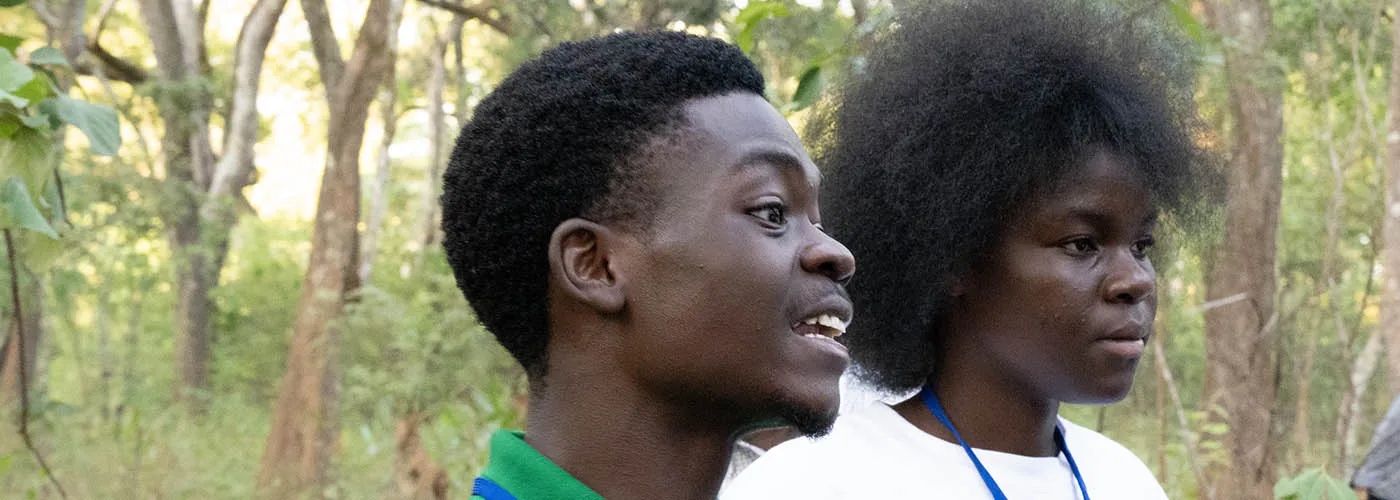Kitwe
Kitwe is located in the Copperbelt Region. It is the second most populous city in Zambia with almost 700,000 inhabitants, of which 65 percent are under 25, and 52 percent under 18. Education levels are low, and the city faces high youth unemployment (23%), while unemployment among young women is the highest in the country (69%).
Kitwe sources most of its fresh produce from other districts and has problems related to water, waste management, environmental degradation, and climate vulnerability. This has led to its high interest in food systems transformation. The Municipality is highly committed to developing its sustainable city region food system. Kitwe is a member of MUFPP, and has a draft City Strategic Plan that Urban Futures can build on.
In addition to working with the Municipality, Urban Futures is exploring partnerships with informal economy associations, youth training centers, RUAF partner University of Copperbelt, and Kitwe’s Youth Forum, as well as aligning with national food and nutrition programs and international partners (FAO’s Green Cities initiative, the EU funded AfriFoodLinks project, and others.)
Partner
Copperbelt Health Education Project (CHEP
Copperbelt Health Education Project (CHEP) started as a community health service wing of the Kitwe Rotary Club with a mandate to raise awareness, educate and support communities to prevent the spread of HIV. Under the Urban Futures project, CHEP empowers young people to become agents of change in their communities.
Some of its key responsibilities with Urban Futures are to strengthen:
- Community ownership and engagement: CHEP has involved local communities, key stakeholders, and beneficiaries in the planning, implementation, and decision-making processes from the onset of the Urban Futures project.
- Capacity building initiatives: CHEP provides local individuals and organizations with the skills, knowledge, and resources needed to make urban food systems climate resilient.
- Integration with local systems: CHEP plans to align its activities with existing systems and structures to ensure the project becomes an integral part of the local communities it serves.

